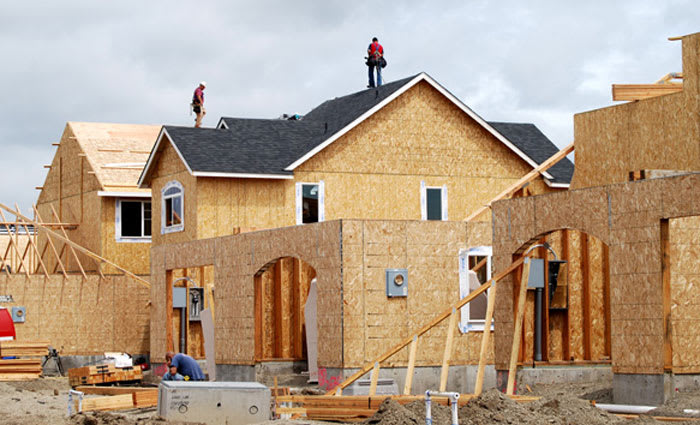Australian dwelling approvals weaker in May: Westpac's Matthew Hassan
Dwelling approvals came in weaker than expected with a 5.6% fall in May vs market expectations of a 1.3% decline. Total approvals were down 19.7%yr.
The decline was driven by a 12.1% drop in ‘units’, with a 0.6% gain in private house approvals providing some offset. Nationally, May saw the second lowest monthly reading on high rise approvals since June 2013 – the lowest being the weather-affected read in March.
The detail points to a sharp drop in ‘high rise’ (–20%mth) concentrated in NSW and Qld where total approvals were down 16% and 10.5% respectively. 'High rise' approvals have slumped –45% vs a year ago. Other segments continued to hold up better, 'low rise' approvals down –8.4%mth, –16.5%yr and private detached houses approvals up +0.6%mth, –6.8%mth, broadly consistent with some firming in construction-related housing finance approvals. That said, all segments are down on a year ago.
All major states are also seeing total dwelling approvals down on a year ago, the one exception being SA which has seen a strong lift in recent months led by high rise approvals (though still at a very low level). Aside from this and the aforementioned weakness in NSW and Qld, total dwelling approvals lifted 4.7% in Vic and fell 8.9% in WA.
The value of renovation approvals rebounded 12.7% in May from a 15.2% drop in April but are still down 6.2%yr and trending lower.
Non res building is more promising with a 5.3% gain in the value of approvals in May maintaining a solid uptrend. Recent strength has been across a range of sub-segments including offices, retail, hotels & recreation, and education.
In terms of the total value of building – new dwellings, renovations and non residential building combined – approvals are down 13.2% vs last year's peak but have risen 7.4% since the start of the year. The state split shows the pull back concentrated in NSW and Vic with other states posting a modest gain on a combined basis.
Coming back to the more specific picture around housing, the May approvals update again highlights the dominance of high rise in the current cycle with the dramatic reduction in approvals over the last year set to drive a downturn in construction.
As discussed elsewhere, our analysis suggests it will take some time yet for the turnaround to impact aggregate activity and will tend to see a longer more protracted downturn than the short sharp cycles seen in the past.
March quarter building activity data due next week will give an updated view on the pipeline, which also looks to have been impacted by weather events early in the year.
Non high rise approvals and wider housing market conditions are an important swing factor that could amplify the downturn – so far both appear to be holding up reasonably well although the full impact of macro prudential measures and other negatives has yet to be felt.
Matthew Hassan is a senior economist for Westpac.
